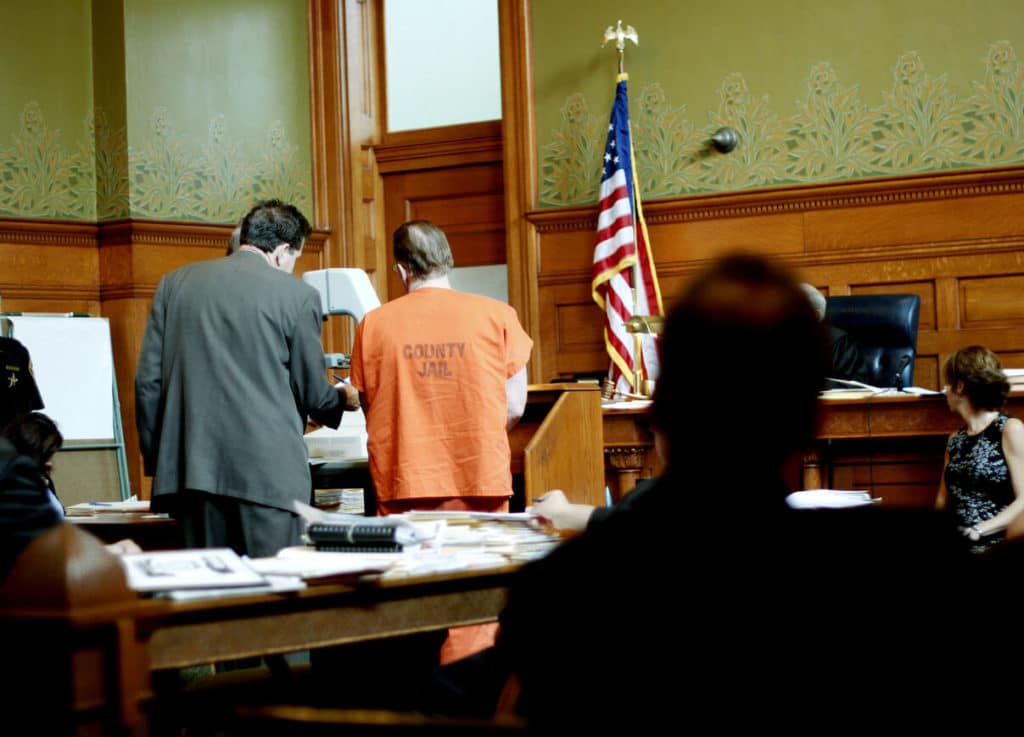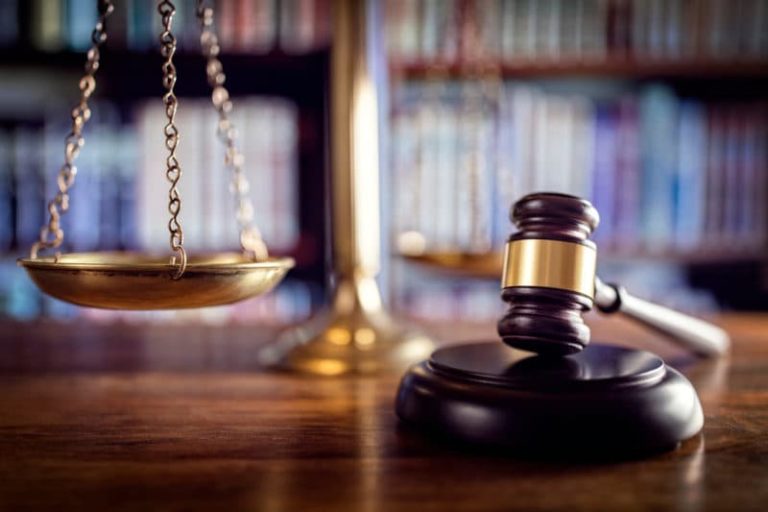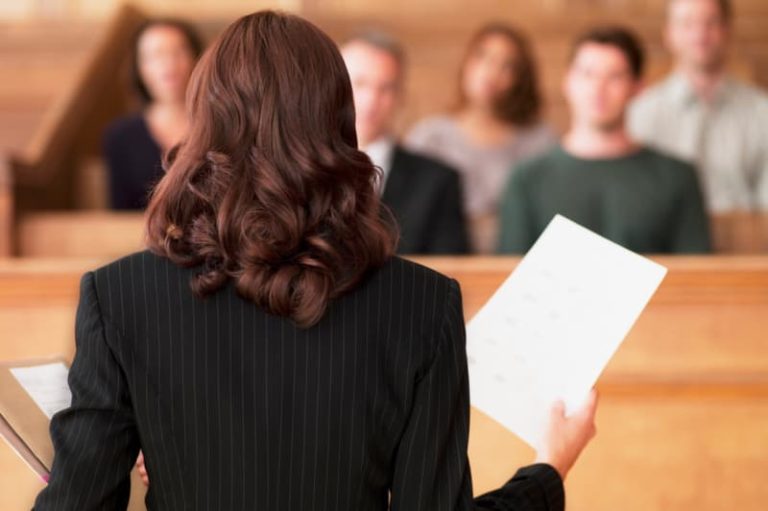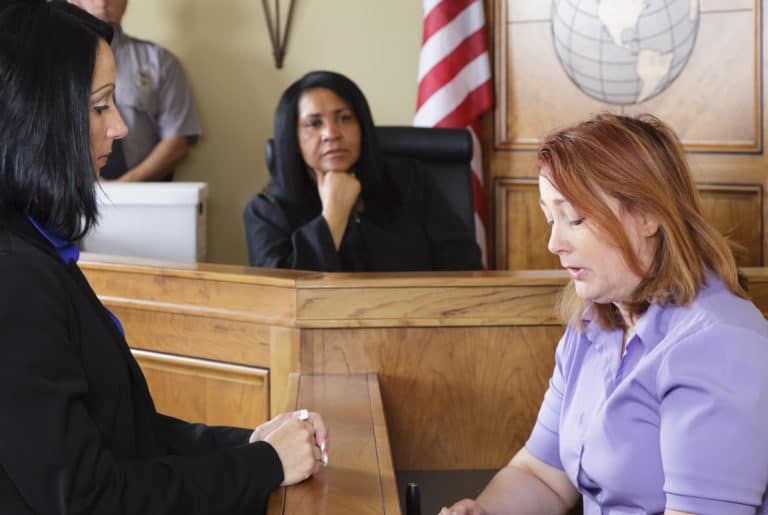The 11 Steps In a Criminal Case
The following content is adapted from “Unthinkable” by attorney Kyle Bachus.
Any criminal case is generally a lengthy process that involves several steps to ensure justice is served. However, criminal cases that involve a fatality or catastrophic injury are particularly complex and can take months (if not longer) to reach a resolution.
If you and your family are dealing with a criminal case after losing a loved one, here are the 11 steps you can expect during the case.
1. An Arrest Is Made or Ticket Issued
The first thing that happens for a criminal case to even exist is a person or party must commit a crime. A crime is an unlawful act punishable as a public offense by the authorities, including a state or other government entity. Statutory or common law defines which acts or omissions of action are considered punishable.
A crime could be a lesser violation, or a misdemeanor, such as:
- Shoplifting
- Petty theft
- Reckless driving
- Driving with a suspended license
- Drug possession
- Being drunk in public
Other crimes are more serious and categorized as a felony. Examples include:
- Murder
- Rape
- Burglary
- Selling illegal drugs
- Kidnapping
- Arson
2. The Prosecutor Decides to Proceed With the Case
The prosecutor’s office will look at the crime details and decide whether or not to proceed with the case. Based on the information in the police report and filing package, the prosecutor will determine if there is enough evidence to prove the accused committed the crime beyond a reasonable doubt.
If there is enough evidence, the prosecutor will file a complaint, and the criminal case proceeds to the next step.
3. The Accused Makes Their First Appearance in Court

The first appearance in court by the accused party is called an “arraignment.” The purpose of an arraignment is for the judge to formally state the charges and for the defendant to enter a plea. In other words, the court ensures that the defendant knows what crime they are being accused of and allows them to respond.
For some misdemeanors, an attorney can appear on behalf of the accused. However, for a felony charge, the defendant must be present at the arraignment. The defense often waives the appearance, but if they don’t, it may be your family’s first chance to see the person responsible for killing or injuring your loved one.
4. The Accused Asks to Be Released Pending Trial
At this point in the process, the defendant asks for permission to remain out of jail or be released pending trial. The judge may set bail, which is a sum of money the accused must provide as a guarantee that they will appear for trial.
The judge may also allow the defendant to remain free until the trial with no bail requirements at all. It really depends on the circumstances surrounding the crime.
5. The Judge Sets a Trial Date
Whether or not the judge sets bail or allows the accused to remain out of jail, a trial date must be set to ensure a speedy and fair trial. After the arraignment, a pre-trial conference is set to determine the trial date with all involved parties.
6. The Discovery Period Begins
The prosecution is required by law to reveal all of the evidence they have against the defendant for the accused crime, which is called the discovery period. This process aims to allow the defense to prepare for the trial properly.
7. Plea Negotiations Take Place
The fact is that most cases do not end in a trial. Instead, they end with a plea agreement. The defense will negotiate a plea bargain with the prosecutor, which usually involves pleading guilty to a lesser offense than they were initially charged. In return, the prosecutor may agree to recommend a lighter sentence.
Instead of spending time in jail, the agreement may also include:
- Fines
- Community service
- Monitoring by a probation officer
8. The Case Is Tried

During the trial, both sides present facts to the jury. The prosecutor will use evidence and witnesses to prove to the jury that the accused committed the crime beyond a reasonable doubt. The defense will also share their side to create doubt or discredit the evidence presented by the prosecution.
During a criminal trial, here’s what happens:
- Opening statements
- Presentation of cases, including witness examination and objections
- Closing arguments
- Jury instructions
9. The Jury Reaches a Verdict
After sitting through the trial and hearing the arguments of both sides, the jury goes into deliberation. This process involves a discussion between the jurors to decide whether the defendant is guilty or not guilty based on the evidence.
The burden of proof for a guilty verdict is beyond a reasonable doubt. Once the jurors reach an agreement on the verdict, they return to court to read the verdict before the judge, lawyers, defendant, and prosecution.
10. The Judge Sets a Date for Sentencing
If the jury’s verdict is guilty or both sides reached a plea agreement, the judge will then set a date for sentencing. At the sentencing, the accused will have a chance to make a statement. However, the victim or family of the deceased victim can also make statements at this time.
11. The Accused Serves the Sentence

Once the judge determines the sentence, the accused must go to jail, pay the fines, perform community service, or fulfill any other terms of the sentence. The defendant may also be assigned to the probation department to ensure the sentencing terms are met.
Seeking Justice After Wrongful Death
While a criminal case means the responsible party for your loved one’s death is held accountable, family members often find that they are frustrated or disappointed with the outcomes of these cases. More often than not, they end in plea agreements.
Even when the judge orders payment of restitution, that won’t compensate you for:
- Grief
- Pain and suffering
- Loss of enjoyment of life
- Mental anguish
- Other non-economic damages
If you experienced a wrongful death of a loved one, you can turn to the civil justice system to claim compensation for your damages. Contact a wrongful death attorney to see if you have a case and what your claim may be worth. Attorney Kyle Bachus and his experienced team at the Elite Litigation Group can help your family seek justice for your tragic loss.
For more advice on pursuing action through the civil justice system, you can find Unthinkable on Amazon.
A founding partner of the law firm Bachus & Schanker, Kyle Bachus limits his practice to representing individuals and families in catastrophic injury and wrongful death cases nationwide. For more information, visit KyleBachus.com.




